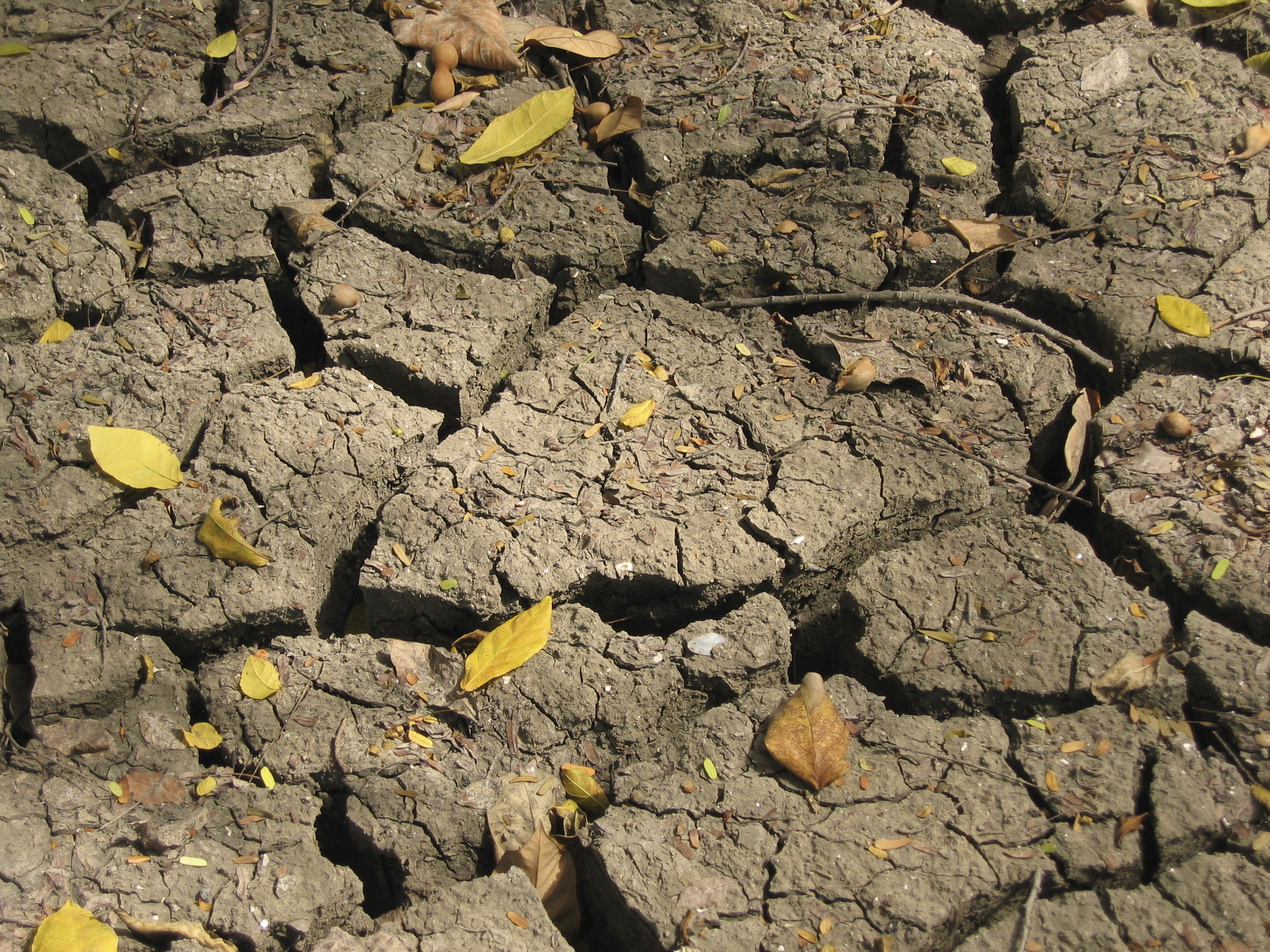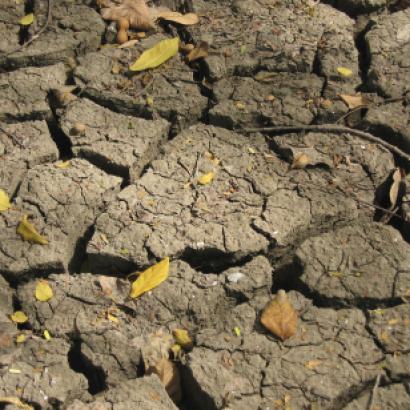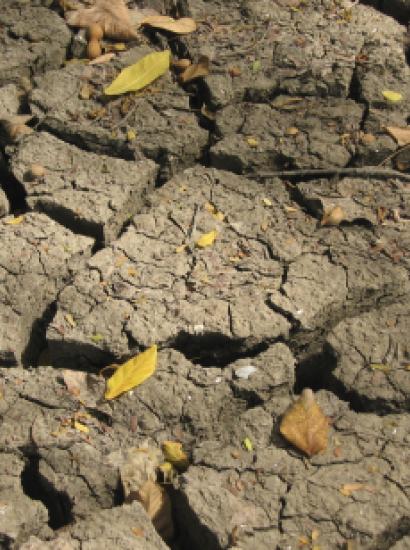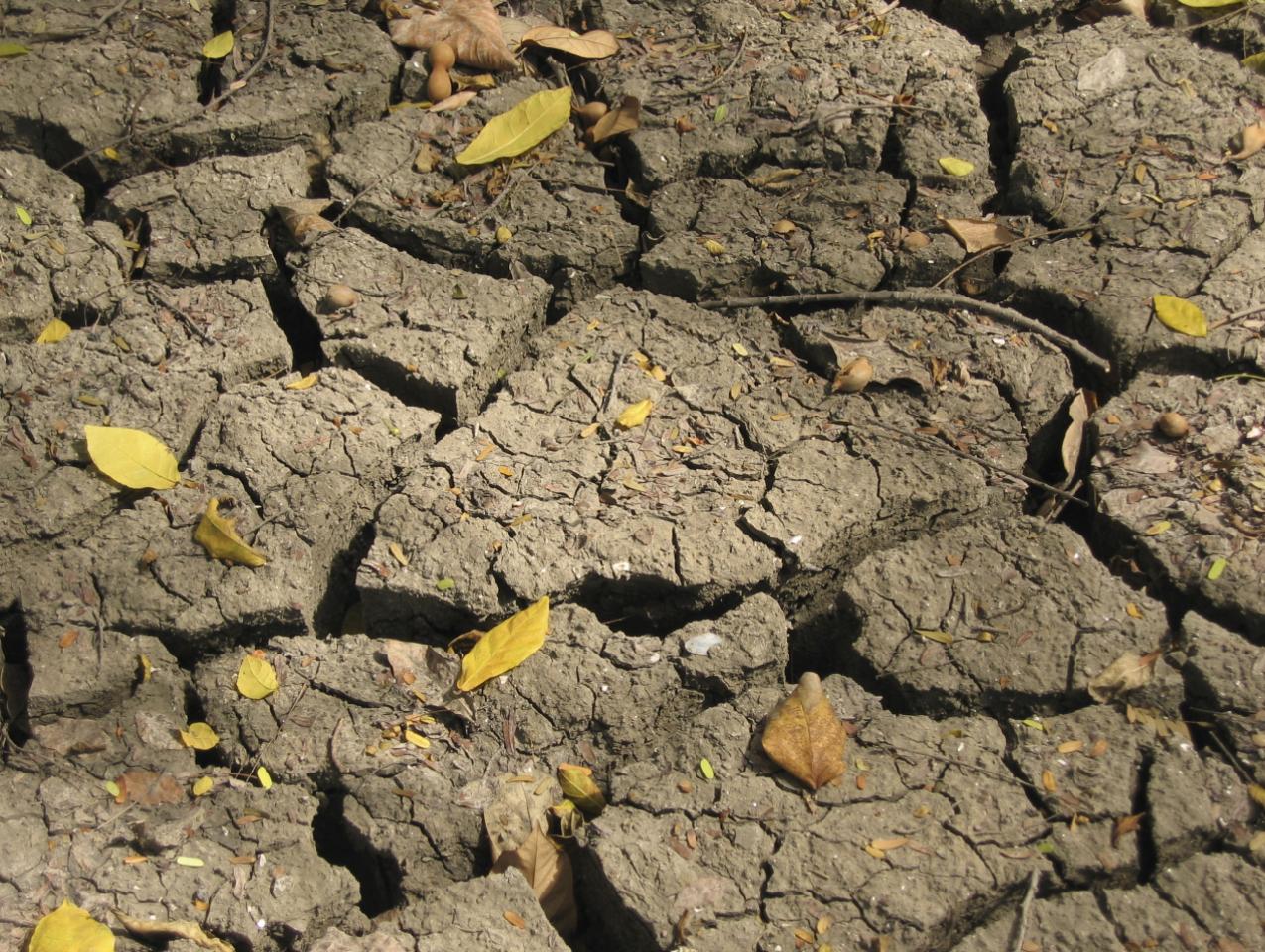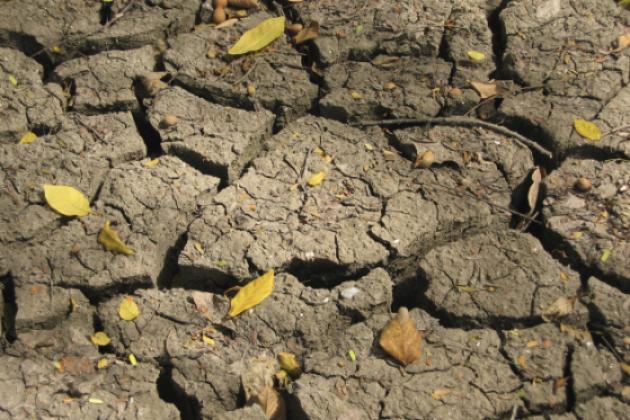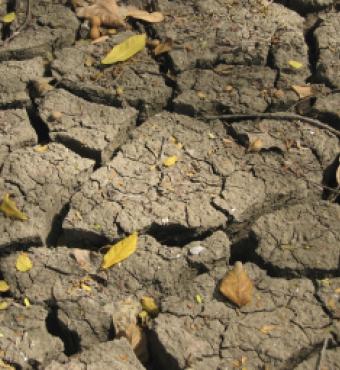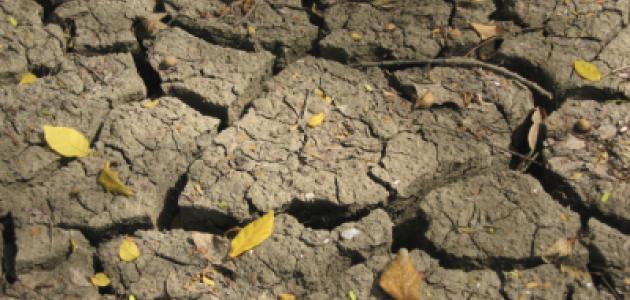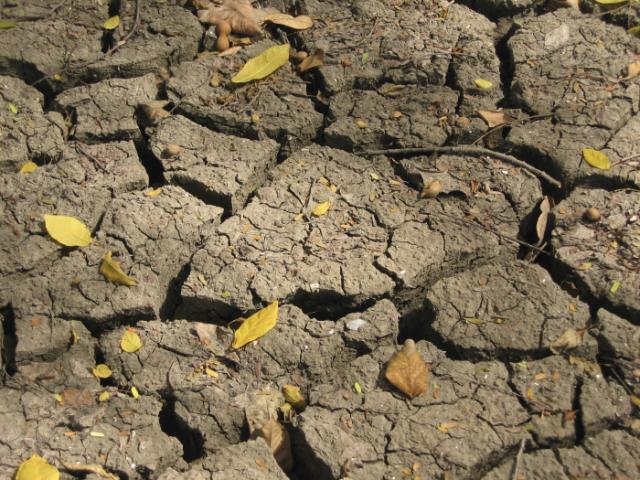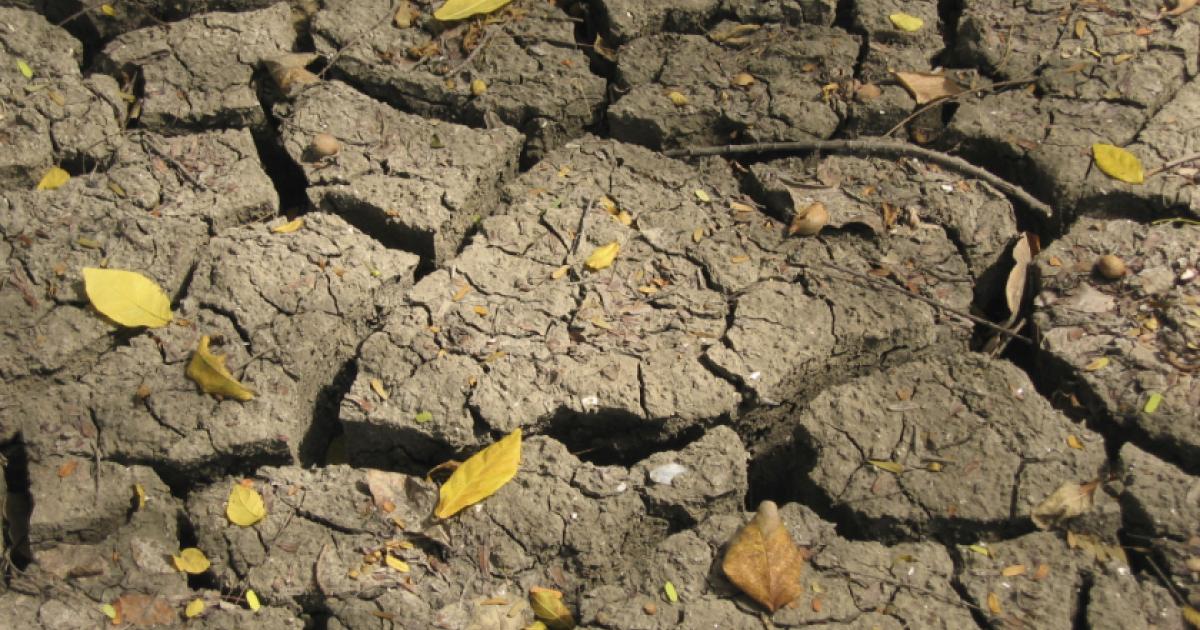- Politics, Institutions, and Public Opinion
- State & Local
- California
In 1997, the Orange County Water District (OCWD; the District) started a very risky venture. It managed a large groundwater basin in Southern California, but, due to a growing population, cyclical droughts, and the need for additional freshwater barriers to push back seawater intrusion from the Pacific Ocean, OCWD needed another reliable source of water. The solution could be treated wastewater. However, would the government, potential partners, and local public “swallow” that?
Groundwater in the District is pumped from more than 400 wells operated by local water agencies, cities, and other groundwater users. Approximately 70% of north and central Orange County’s drinking water supply comes from the Orange County Groundwater Basin.
A groundwater basin that holds more than 20 trillion gallons of water would be seemingly impervious to any drought or local water demands. Unfortunately, only a tiny portion is useable. OCWD must remain within a 500,000 acre-foot (162.9 billion gallons) operating range, pumping out, and replacing or recharging billions of gallons annually in order to maintain a “basin balance” so as to keep it safe from subsidence and seawater contamination. Santa Ana River flows were becoming more inconsistent and imported water from the California State Water Project and the Colorado River flows were expensive and unpredictable. OCWD’s staff and board agreed. These sources of freshwater would not be reliable for future demands.
Credibility & Partnership
Increased freshwater pumping in the 1950s and 1960s had drawn seawater inland about four miles and rendered some freshwater wells useless. The problem would only get worse without intervention. In 1975, OCWD created Water Factory 21 (WF 21), the world’s first advanced water treatment plant utilizing reverse osmosis to purify wastewater to near distilled water quality. This water could be injected into the groundwater basin providing a barrier to the seawater intrusion.
In 1991, the California Department of Health Services granted OCWD a permit – the first ever – to inject 100 percent recycled wastewater into the barrier, without blending. At the same time, Orange County was reeling from a near doubling of its population since the 1970s. WF 21’s injection capacity couldn’t keep up with freshwater pumping and ensure the soundness of the barrier. A new system would need to be devised.
It wasn’t a big leap for OCWD to move into larger scale recycling, with help from its partner, the Orange County Sanitation District (OCSD), which was, itself, faced with creating a very costly second outfall to the ocean.
In 2008, the 10-year collaborative venture became reality and the Groundwater Replenishment System (GWRS), which initially produced 70 million gallons per day (MGD) of water, came online.
The GWRS purifies the OCSD treated wastewater through microfiltration, reverse osmosis, and ultraviolet light with hydrogen peroxide. This state-of-the-art water purification project – the largest of its kind in the world – recently expanded and now has the capacity to produce 100 MGD of high-quality water. This is enough water to meet the needs of nearly 850,000 people. A second future expansion will increase the output to 130 MGD.
Getting Over the “Yuck” Factor
In the late 1990s, when the GWRS was being designed, there was little concern from outside the industry given to water supplies or potential shortages. OCWD had to convince stakeholders of the need for an advanced water purification project.
OCWD had learned from the mistakes of two failed water-recycling projects: one in Los Angeles County and one in San Diego County. The District took that knowledge to help formulate its marketing campaign for public approval.
Staff met with the editorial boards of the Orange County Register, San Diego Union Tribune, and the Los Angeles Times to prevent misinformed editorials. Staff and board members also implemented an extensive speakers’ bureau, making nearly 1,200 presentations over the span of 10 years.
By 2007, Southern California and many U.S. cities were experiencing a multi-year drought and anticipating water supply shortages, and global warming was dominating policy debates and media coverage. The tide had turned and editorial coverage was overwhelmingly in favor of water recycling as a solution to current and future water supply shortages. Media still used sensational “toilet-to-tap” headlines, but science, technology, and water quality data validated the safety and reliability of wastewater recycling.
As media coverage grew, so did the acceptance of recycled water and GWRS’ reputation as the industry standard.
Sound Investment
Both agencies shared the cost of constructing the GWRS ($481 million). OCSD supplied OCWD with stringently controlled, secondary treated wastewater at no charge. OCWD in turn agreed to manage and fund the GWRS operations. Through this collaboration, the GWRS emerged as one of the most celebrated civil engineering and water reuse projects in the world. The GWRS has received more than 40 local, regional, national, and international awards.
It has benefitted both agencies, the community, and is also environmentally sound – using one-third the energy required to desalinate seawater; it protects the vibrant coastline by reusing a precious resource. It also decreases dependence on costly imported water from Northern California and the Colorado River and, most importantly, it is reliable.
“The supply is always going to be drought-resilient. It’s something we can control, locally produce, and it’s always going to be better with improved technology,” says OCWD General Manager Mike Markus. “The risk paid off and will continue to do so.”
Some may argue that OCWD took a political and public relations risk by building the GWRS, but solid science and state-of-the-art technologies helped guide OCWD’s development and investment decisions and will continue to be cornerstones of OCWD’s commitments for sound planning and water reliability.

Groundwater Replenishment System
The Groundwater Replenishment System uses a three-step advanced treatment process to recycle wastewater into drinkable water that otherwise would have flowed into the Pacific Ocean. First, the wastewater is pulled through tiny holes in polypropylene hollow fibers to filter out solids, protozoa, bacteria, and other viruses. Then, the water is forced through semi-permeable polyamide polymer membranes; this water is so pure minerals have to be added back into it. Finally, high-intensity ultraviolet light and hydrogen peroxide disinfects and destroys any trace organic compounds that may remain.







